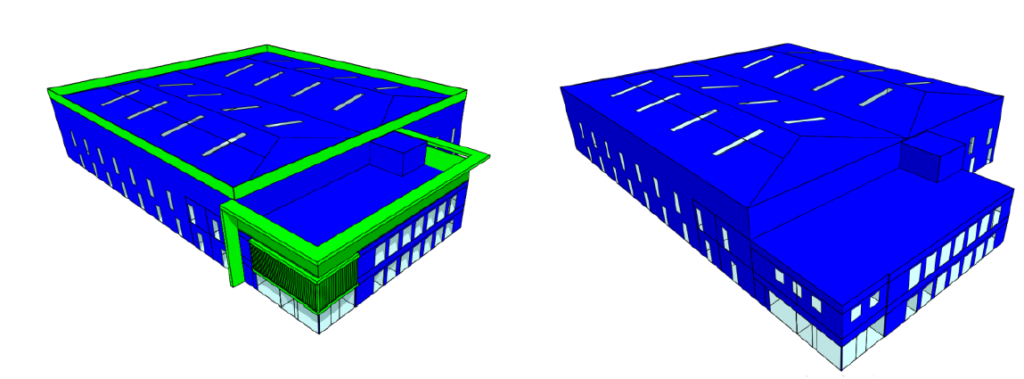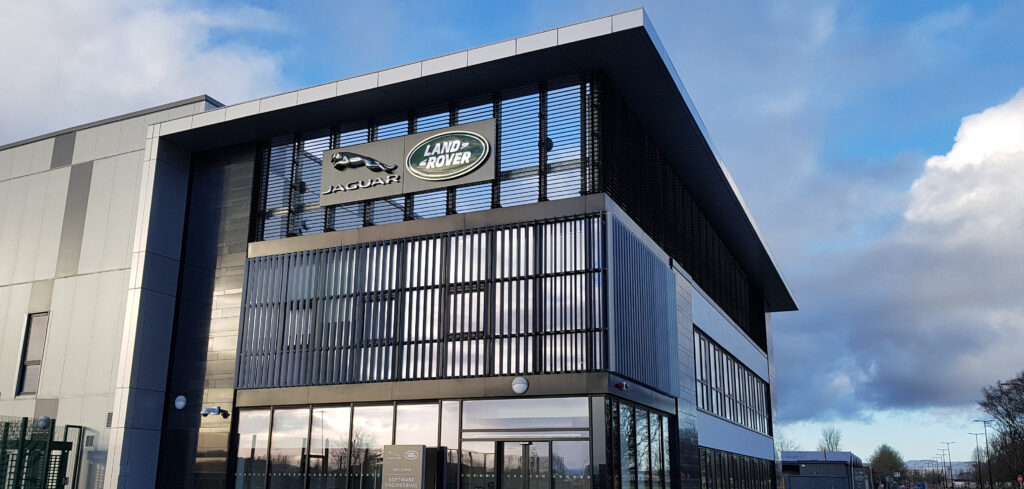Climate technology company IES has undertaken integrated building performance modeling at two Jaguar Land Rover sites in Ireland to see where energy and cost savings can be made.
One of the JLR facilities to be modeled was the Software Engineering Centre in Shannon, where the OEM develops autonomous, self-driving and electric vehicle projects. Using VE software, IES analyzed the performance of a four-story office development with a total occupied floor area of 4105m2, a 3,100m2 warehouse and a laboratory facility.
Following this, an array of energy-efficiency measures were applied, resulting in a total energy cost saving of 24.5%, which earned the building LEED Gold certification. The energy-efficiency measures included the addition of two high-efficiency natural draft boilers that produce hot water, and two air-cooled scroll chillers for chilled water.
To enhance the efficiency of the warehouse and lab facility, high-efficiency gas-fired air heaters have been installed to distribute heat more effectively across the site. The building’s ventilation system now also utilizes a mixed-mode mechanical system of exhaust fans and low-level intake louvers. After making these changes, a total energy cost saving of 28.9% was achieved.

“Many companies are looking to futureproof their existing building stock in a bid to reduce carbon emissions and save on energy costs,” said Adam Goves, sector lead of manufacturing and infrastructure at IES. “IES consultants have identified a number of ways Jaguar Land Rover can reduce energy use and costs at its facilities in Shannon while also improving the working environment for its on-site staff.
“Jaguar Land Rover’s facilities are developing cutting-edge vehicle technology, and it’s only fitting that its warehouse, lab and office spaces are now benefiting from the latest building modeling technology too. Often net zero strategies for manufacturers are focused on the supply chain and operations; while this is an important step, it’s vital not to overlook the impact that enhancing the performance of the buildings can have.”
For more on energy and emissions, click here.


